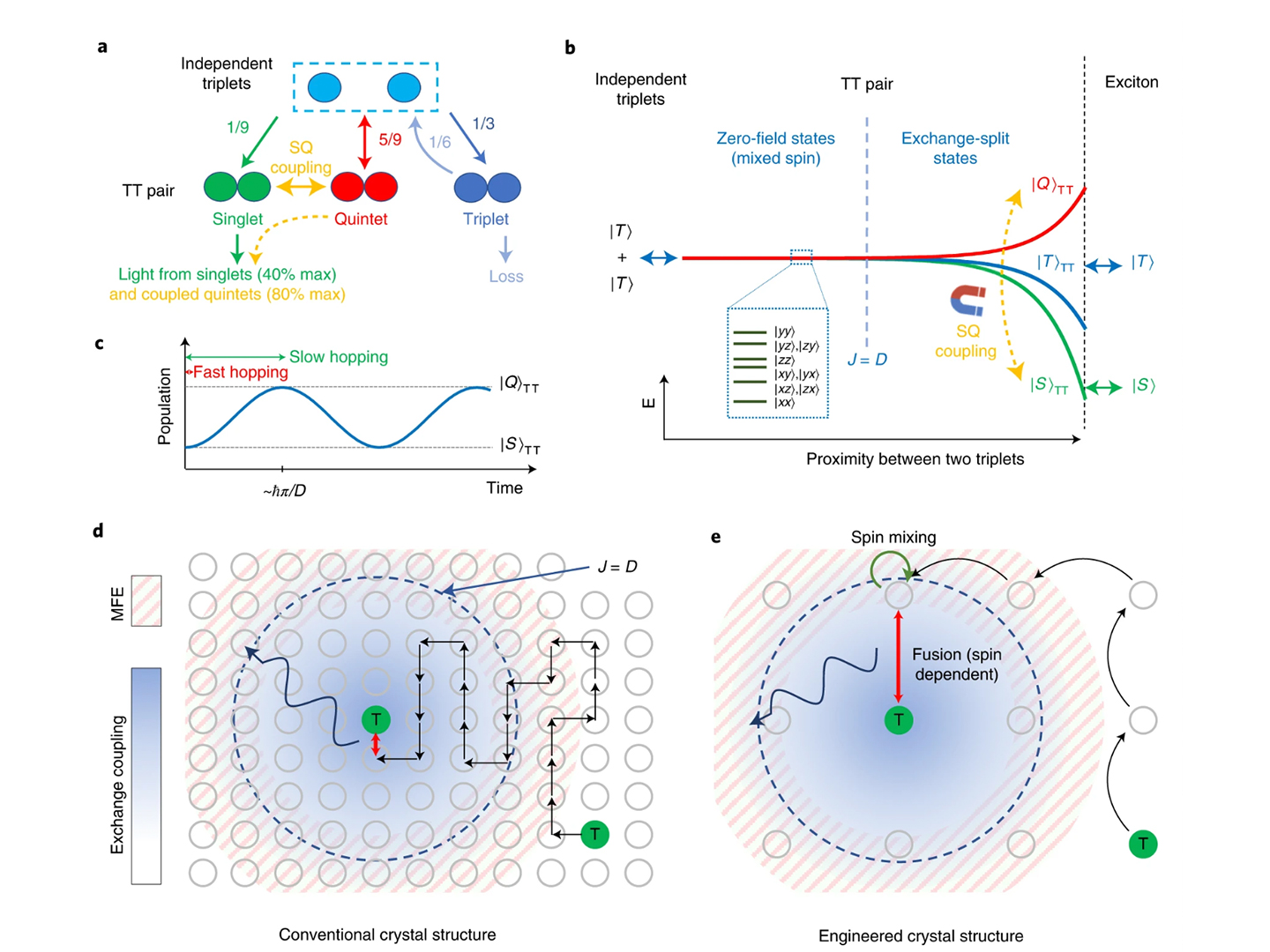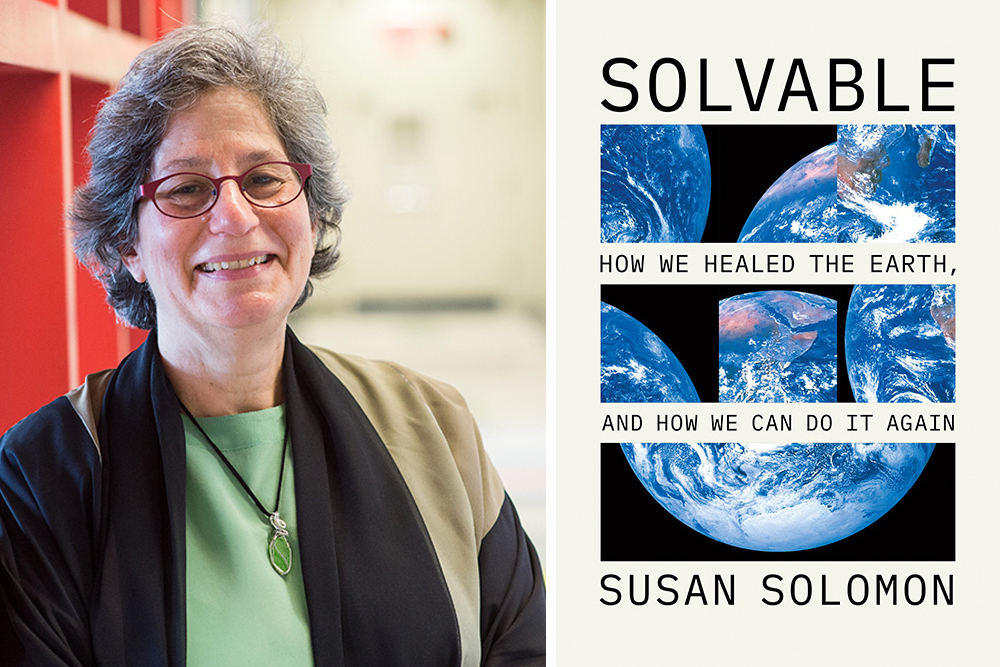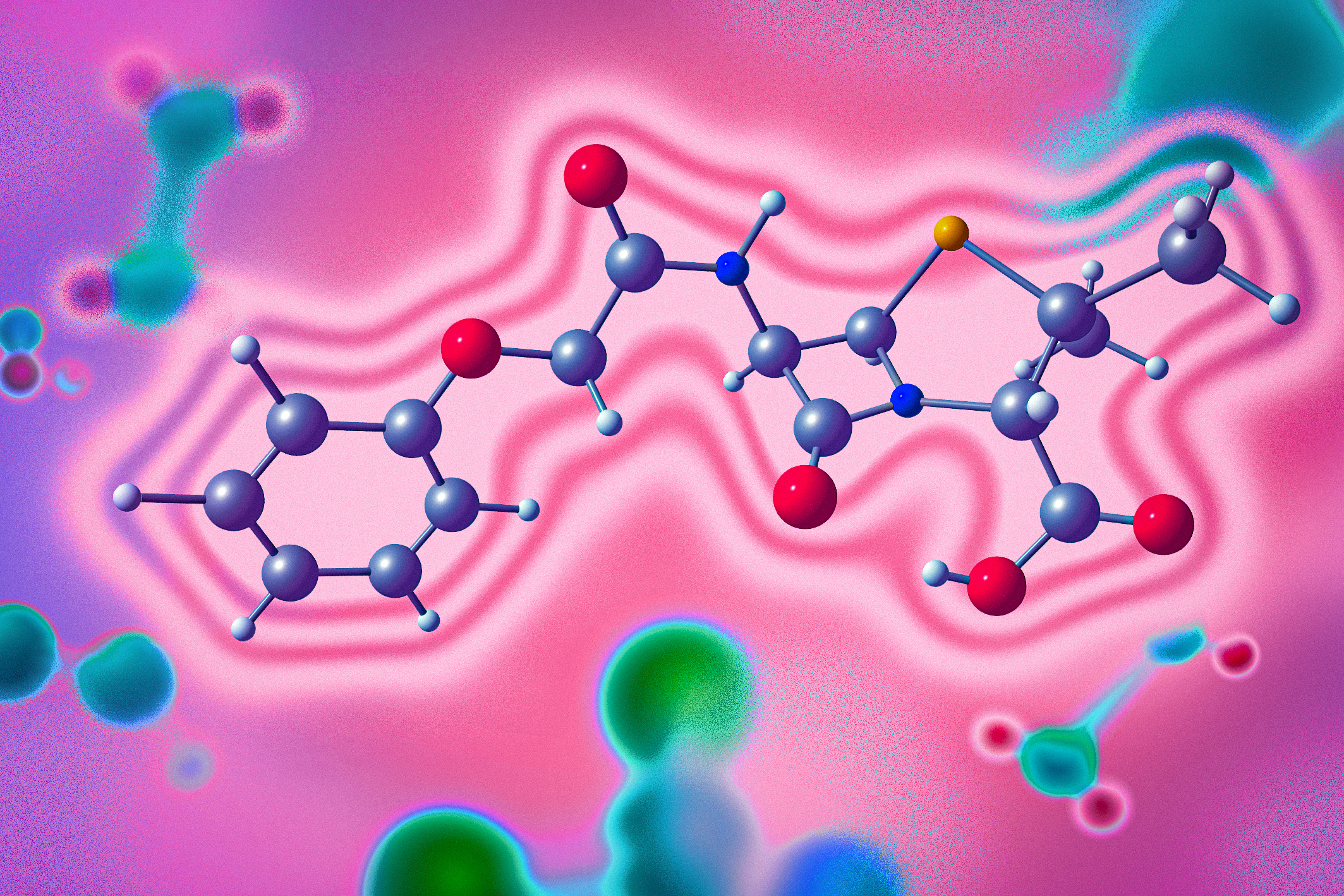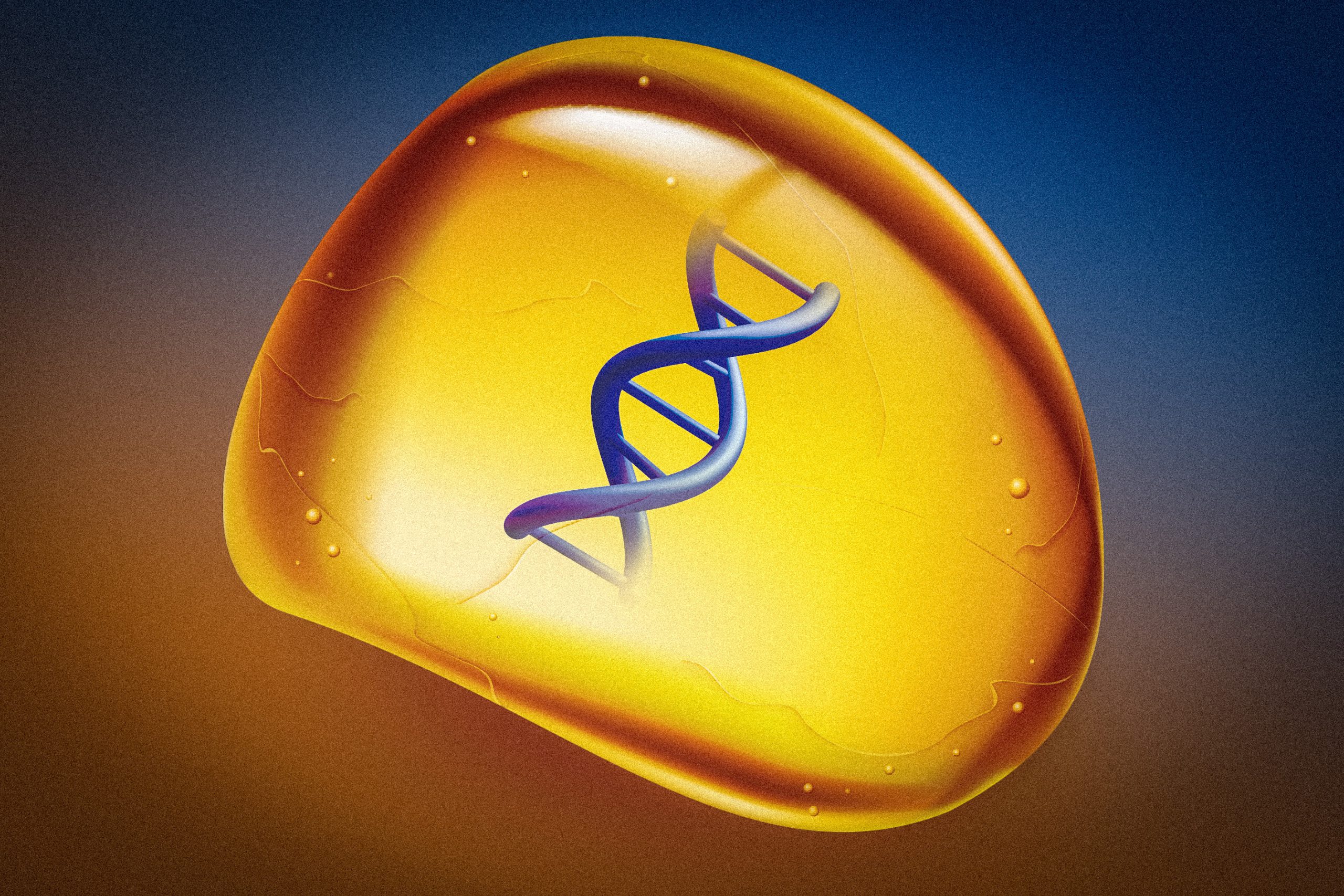Dincă and Van Voorhis Collaboration Published in Nature Materials
The paper, Exchange controlled triplet fusion in metal–organic frameworks, was published online on October 6, 2022.
A paper authored by Dong-Gwang Ha, Ruomeng Wan, Changhae Andrew Kim, Ting-An Lin, Luming Yang, Troy Van Voorhis, Marc A. Baldo, and Mircea Dincă was published in Nature Materials on October 6, 2022.
Exchange controlled triplet fusion in metal–organic frameworks
Dong-Gwang Ha, Ruomeng Wan, Changhae Andrew Kim, Ting-An Lin, Luming Yang, Troy Van Voorhis, Marc A. Baldo, and Mircea Dincă
Nature Materials, 6 October, 2022
DOI: https://doi.org/10.1038/s41557-018-0159-8
Abstract: Triplet-fusion-based photon upconversion holds promise for a wide range of applications, from photovoltaics to bioimaging. The efficiency of triplet fusion, however, is fundamentally limited in conventional molecular and polymeric systems by its spin dependence. Here, we show that the inherent tailorability of metal–organic frameworks (MOFs), combined with their highly porous but ordered structure, minimizes intertriplet exchange coupling and engineers effective spin mixing between singlet and quintet triplet–triplet pair states. We demonstrate singlet–quintet coupling in a pyrene-based MOF, NU-1000. An anomalous magnetic field effect is observed from NU-1000 corresponding to an induced resonance between singlet and quintet states that yields an increased fusion rate at room temperature under a relatively low applied magnetic field of 0.14 T. Our results suggest that MOFs offer particular promise for engineering the spin dynamics of multiexcitonic processes and improving their upconversion performance.
Read the Full Text at Nature Materials.
The Dincă Lab is focused on addressing research challenges related to the storage and consumption of energy and global environmental concerns.
The Van Voorhis group is developing new methods – primarily based on density functional theory (DFT) – that provide an accurate description of excited electron motion in molecular systems.





